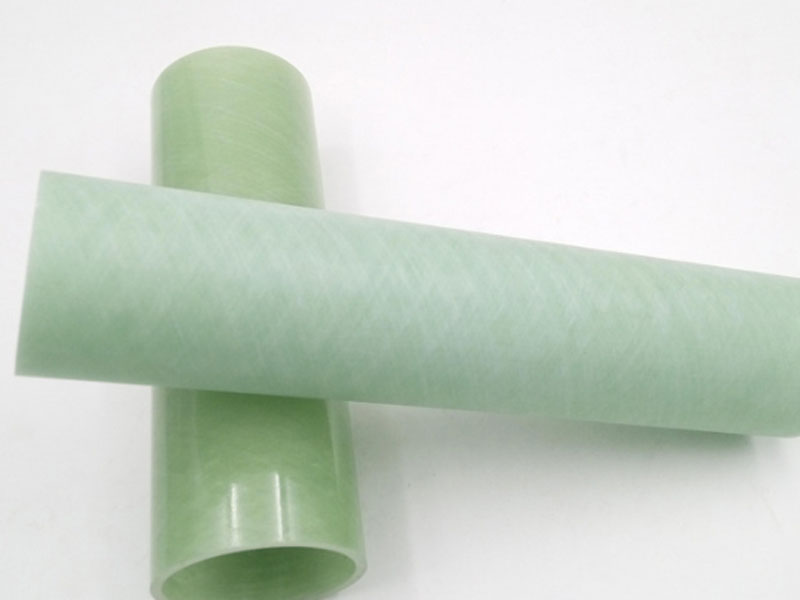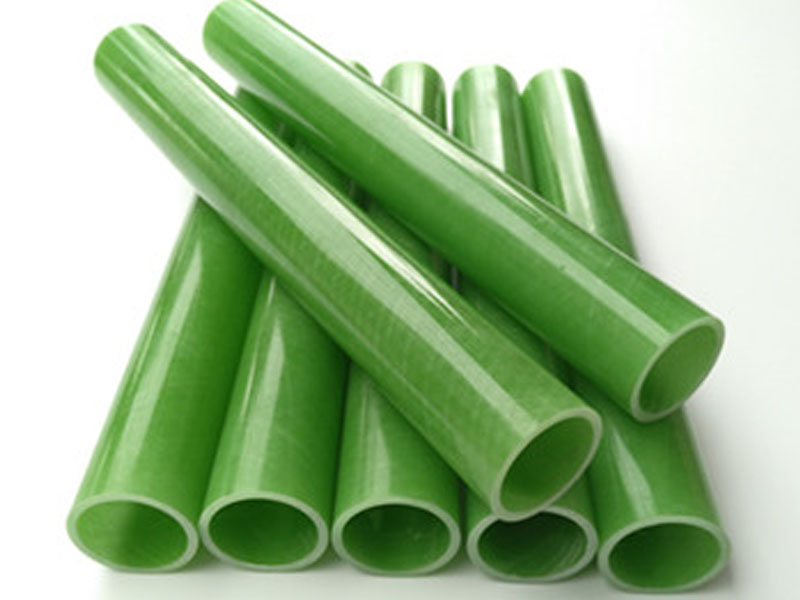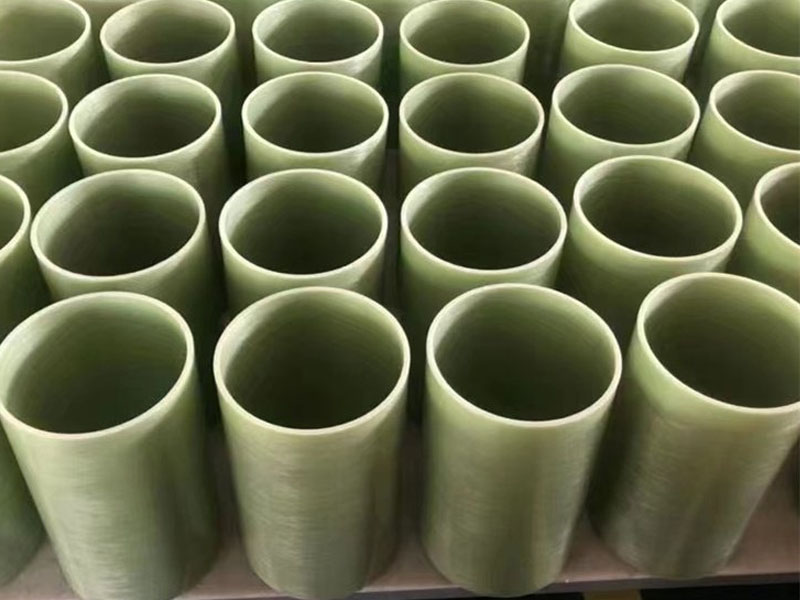The tension of the insulation winding tube refers to the
tensioning force of the fibers during the winding process of the insulating
tube, the uniformity of the tension of each bundle of fibers and the uniformity
of the tension of the fibers between each winding layer have a great influence
on the quality of the product. The winding tension can be determined by
calculation. The general initial tension is 5% to 10% of the fiber strength.

If the tension is too small, the product is not dense, so that the inner layer is not firmly bonded, and the strength of the product is reduced. If the tension is too large, the wear of the fiber increases during the winding process, which also reduces the strength of the product. The uneven tension between the fiber bundles also affects the strength of the product. During the winding process, try to keep the tension between the fiber bundles and between the fibers and each strand of the fiber bundle uniform, and keep the yarn tension in the yarn sheet uniform.
Keeping the fibers in the yarn sheet parallel is an effective method to ensure uniform fiber tension. The tension between the fiber layers also affects the mechanical properties of the product. If the winding tension is always consistent, the winding layer of the product will appear loose inside and outside tight.

Therefore, it must be reduced layer by layer, and the tension of each layer of fibers during winding should be equal as much as possible. Generally, each layer is reduced by 5~10N, and it can also be simplified once every 2~3 layers.

The method of applying tension, for dry winding, is through
the frictional resistance of yarn group rotation, and for wet winding, it is
applied through a fiber-dipped tension roller, and the diameter of the tension
roller should be greater than 50mm.
Etiketler :